Brie the Plant Lady here to address some misconceptions about poisonous plants. I get so many questions on this subject, and I think it is important to help clarify what is safe, or not, to plant in your home landscape.
The main thing to remember is that you should stick to eating the fruit and veggies that you are familiar with. Definitely don't try foraging from your ornamental garden plants without additional knowledge. Be aware of which plants have toxins like the ones listed below and make sure to wash your hands and wear gloves when you are handling them. If you have pets, research the safety of plants in your landscape and make sure your pets do not nibble!
Let's start by addressing a common poisonous myth about a holiday houseplant - the poinsettia.

MYTH: Poinsettias are highly toxic and are one of the most dangerous plants you are likely to have in your home or garden.
 Some plants get a bad rap, either from rumors or misunderstandings. At the top of this list is our holiday favorite, the poinsettia. I always thought it was strange that we would choose to decorate our home with a plant that was so toxic, especially to house pets. I was shocked to learn, while studying horticulture in college, that this is categorically untrue!
Some plants get a bad rap, either from rumors or misunderstandings. At the top of this list is our holiday favorite, the poinsettia. I always thought it was strange that we would choose to decorate our home with a plant that was so toxic, especially to house pets. I was shocked to learn, while studying horticulture in college, that this is categorically untrue!
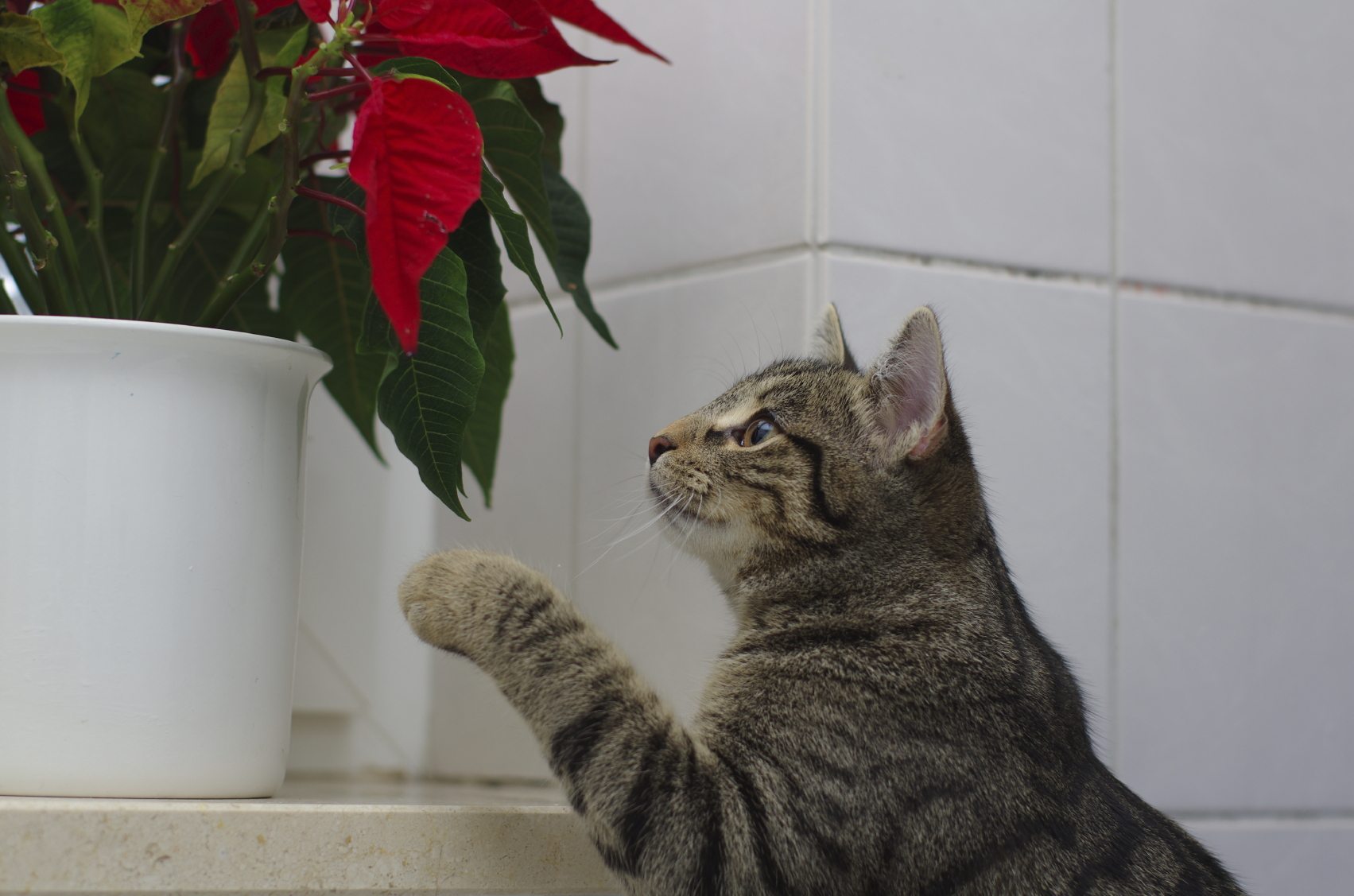
Poinsettias are only mildly toxic, and the dangers are hardly ever serious or fatal. The milky sap found in all Euphorbias does contain chemicals that are like those found in common detergents. When LARGE quantities are ingested, mild signs such as vomiting or drooling may occur, but nothing terribly serious.
I do recommend wearing gloves when handling poinsettias as the white sap can cause a skin irritation and is painful if rubbed into your eyes. But, overall, poinsettias are much safer to have around compared to other more commonly grown plants that do possess fatal reactions when consumed.
Poisonous Plants in the Home Garden
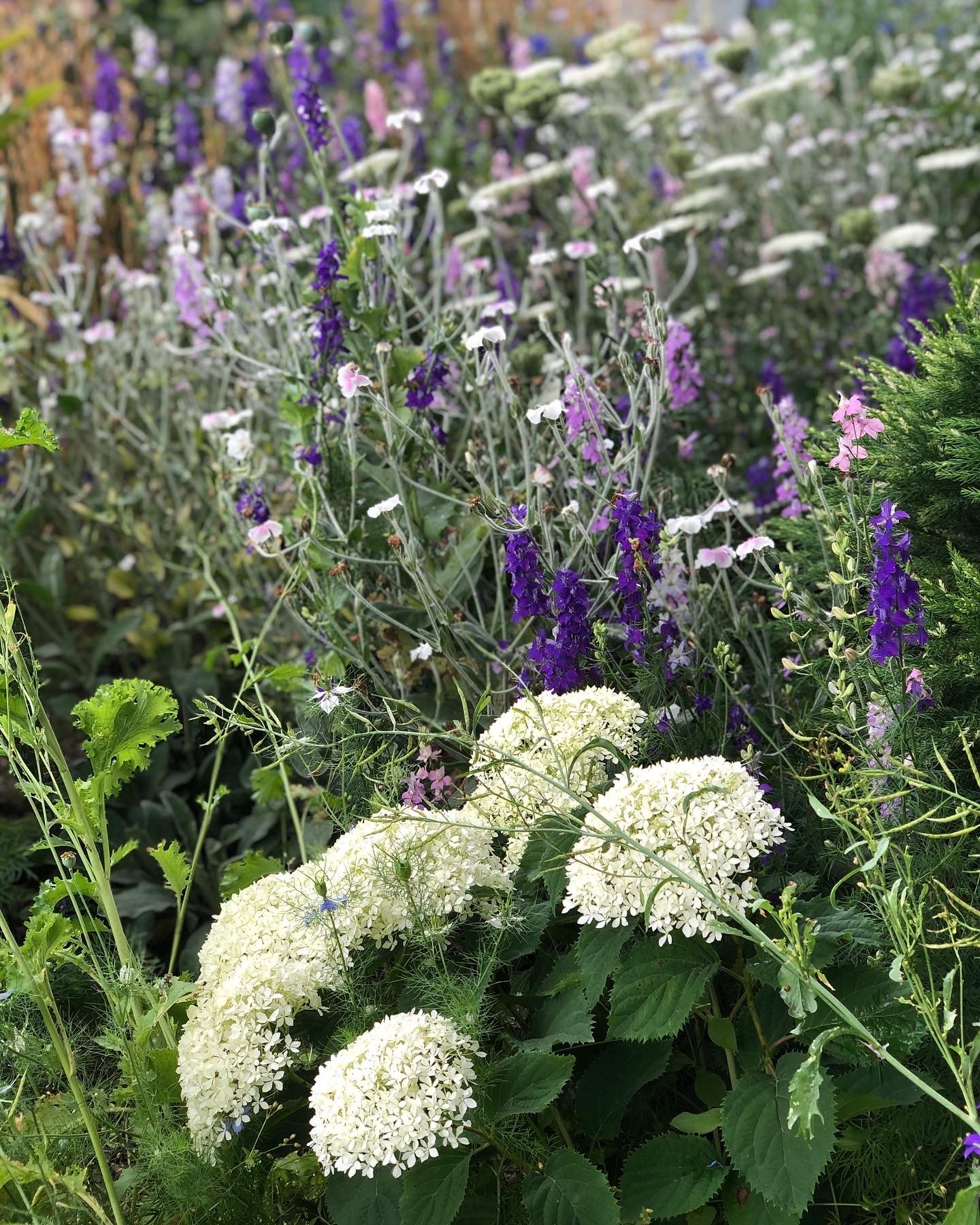
This mixed bed in my garden contains my favorite poisonous plant - larkspur, as well as toxic hydrangea.
Nightshades
Many of our most common home-grown veggies fall into the “poisonous” category. Yes, all those summer favorites like eggplant, peppers, potatoes, and tomatoes are in the nightshade family (Solanaceae) and therefore have poisonous properties. All these plants contain toxins in their foliage so humans and pets should avoid the leaves and stalks of any nightshade plant.
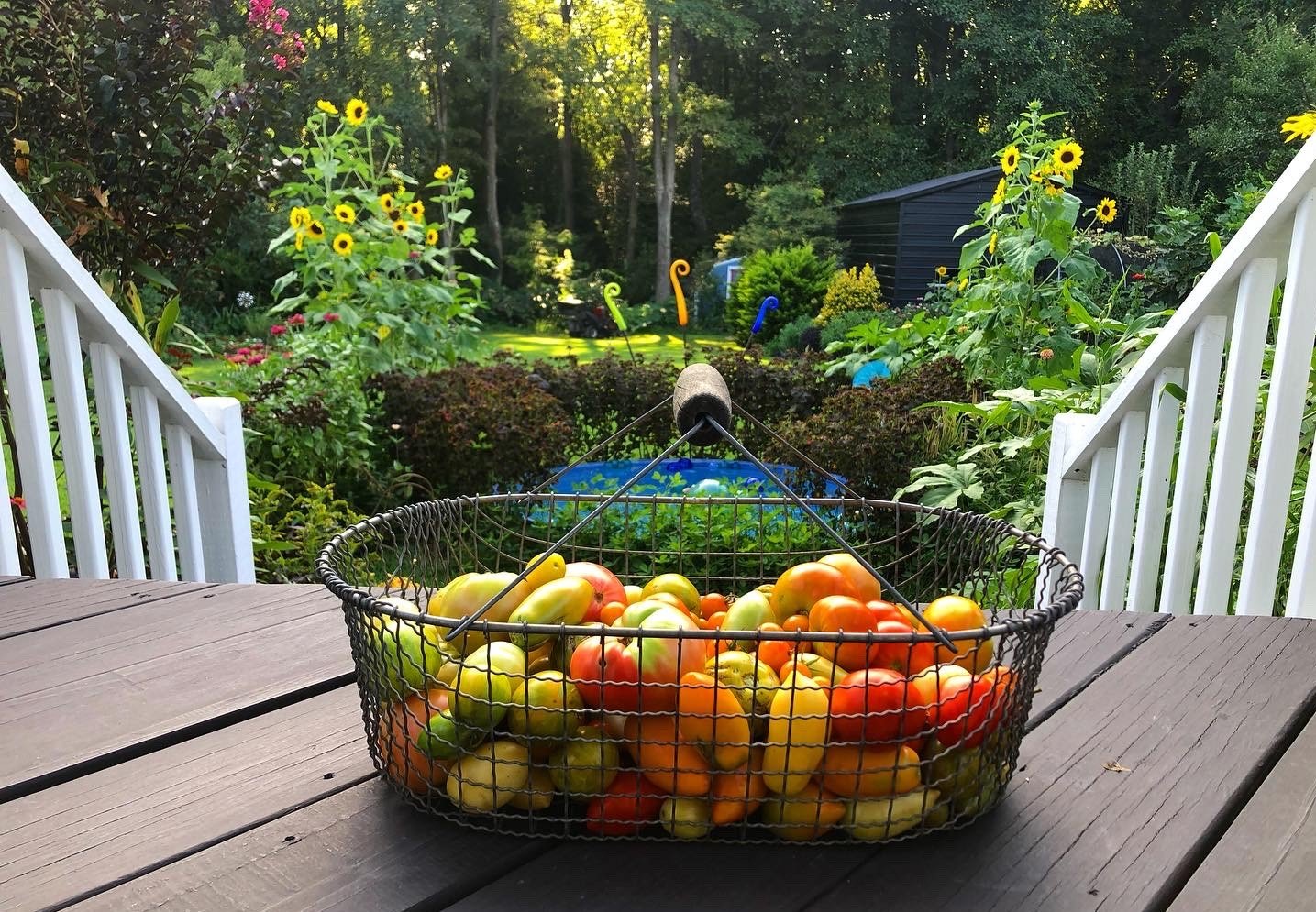
Lily of the Valley
Another commonly grown, but poisonous plant is the fragrant spring blooming lily of the valley. This plant contains a compound called cardiac glycosides and can cause vomiting, dizziness, rashes, and death if left untreated.
Castor Bean
A famous toxic plant that I grow every summer is the castor bean. Oddly, castor oil, which is extracted from the seed, has long been used for home remedies and can still be purchased in drug stores today. But consuming just one seed can kill a child as the toxic protein ricin will cause severe dehydration.
Rhubarb
Did you know rhubarb has poisonous leaves? The stems of this veggie are delicious, but if you eat the leaves you risk kidney malfunction. For most of us in the southeast, rhubarb is not easy to grow, as it prefers cooler temperatures year-round.
Azaleas and Hydrangeas
Here in the south we love planting these colorful flowering shrubs. I bet you did not know that they were poisonous!
The blooms and leaves of Hydrangea macrophylla, aka mophead hydrangea, contain cyanide! The good news is you, or your pets, would have to eat a lot before the fatal effects would occur. Although toxic to dogs, cats, and horses, the leaves of your hydrangea are still a delicious snack for deer! Read my tips for keeping deer away.
The entire plant of azalea and rhododendron are highly toxic. Ingestion can lead to abdominal pain, difficulty breathing, coma, or death. Be sure to keep these blooms away from people and pets!
Flowering Ornamentals
A few more lethal commonly grown ornamental plants include daffodils, foxgloves, lilies, oleander, and wisteria. All these plants contain different toxins that can result in painful, sometimes fatal reactions. In the case of daffodils, the poison is obvious if you bring a bundle in for spring arrangements and mix them with other flowers. Overnight everything other than the daffodils will die!
 Digitalis purpurea, commonly known as foxglove. It is a striking addition to the garden, and often found in the wild, but the entire plant is toxic including roots and seeds.
Digitalis purpurea, commonly known as foxglove. It is a striking addition to the garden, and often found in the wild, but the entire plant is toxic including roots and seeds.
Larkspur
My favorite poisonous plant to grow is larkspur. In spring I have these colorful flowers scattered in all my beds to help deter deer, rabbits, and groundhogs. All plants in the Rananuculaceae family contain diterpene alkaloids which can cause an array of symptoms including heart rhythm abnormalities and organ damage.
All parts of larkspur are poisonous, but the new growth and seeds contain the highest level of the toxic substance. Just two milligrams of young larkspur can be enough to kill an adult human. The advantage of cultivating larkspur is that animals instinctively know not to eat it, and therefore, they will leave your garden alone!
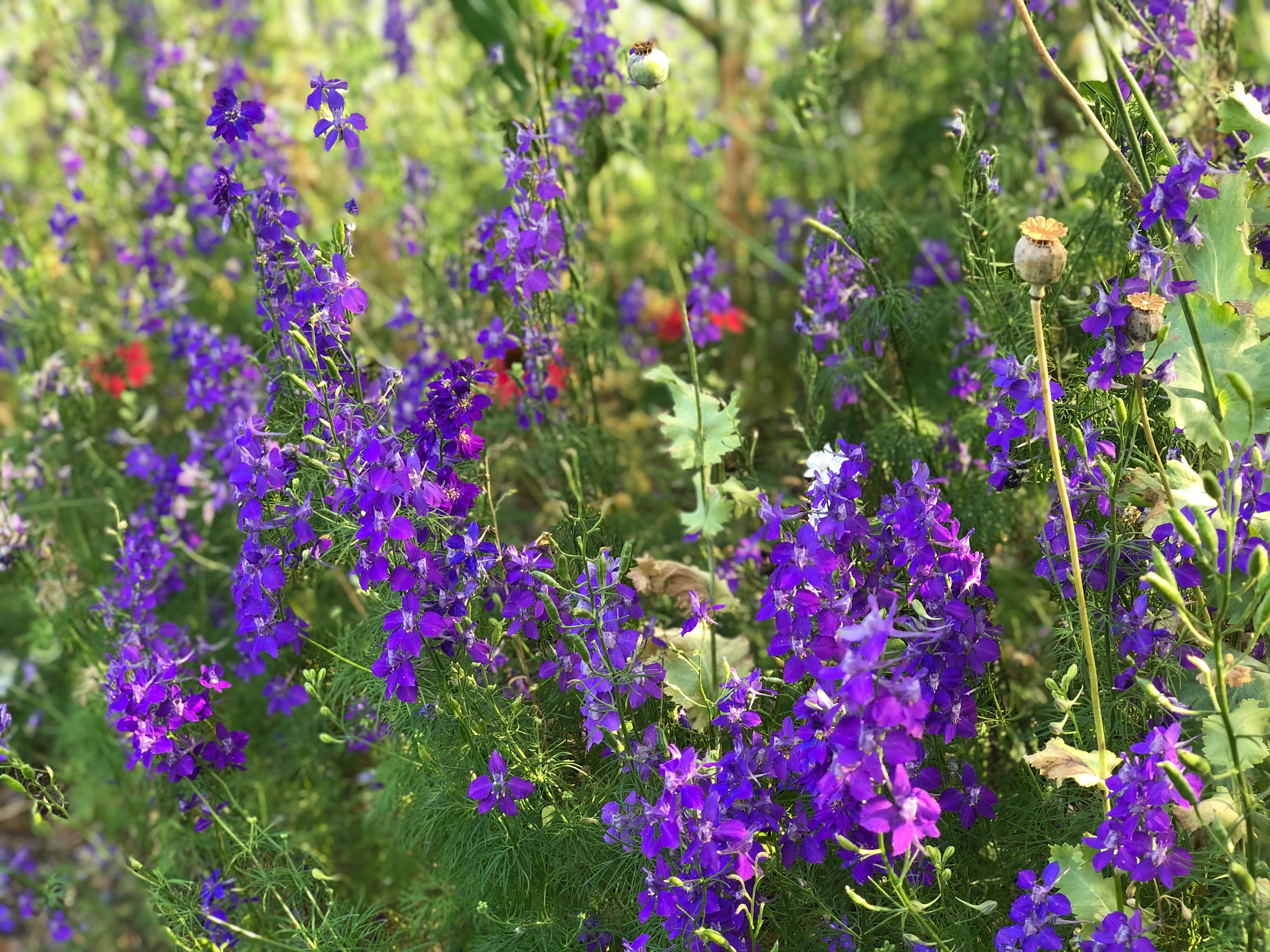 Larkspur is one of my favorites! An annual that is easy to grow from seed and will happily reseed itself. Toxic to people and animals, it will help deter those browsing mammals.
Larkspur is one of my favorites! An annual that is easy to grow from seed and will happily reseed itself. Toxic to people and animals, it will help deter those browsing mammals.
Grow these beauties - with care
I hope this has not scared you too much! The real point here is that as long as you don't eat your ornamental plants without thoroughly researching their safety, you can enjoy their beauty in your garden. If you have small children and pets, protect them by making informed choices about what you grow. And if you do choose to grow some of these toxic plants, like me, you'll get the benefit of deterring deer and rabbits that don't want to eat them!
Until next time, happy (and safe) gardening!
Brie
All photos by Brie, unless otherwise noted.
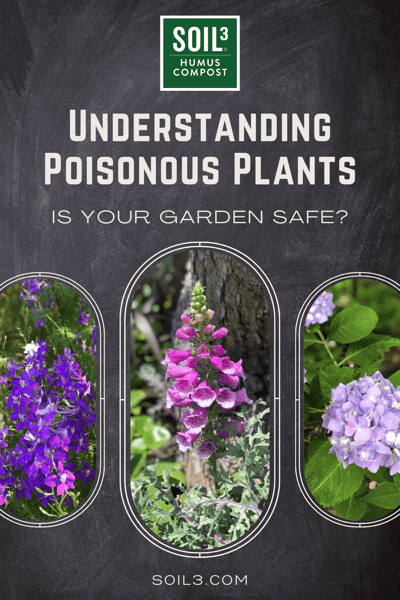

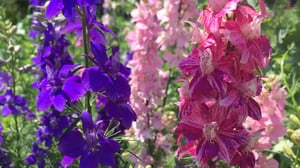

Did this help you out? Have any questions for clarity? Leave a comment below!